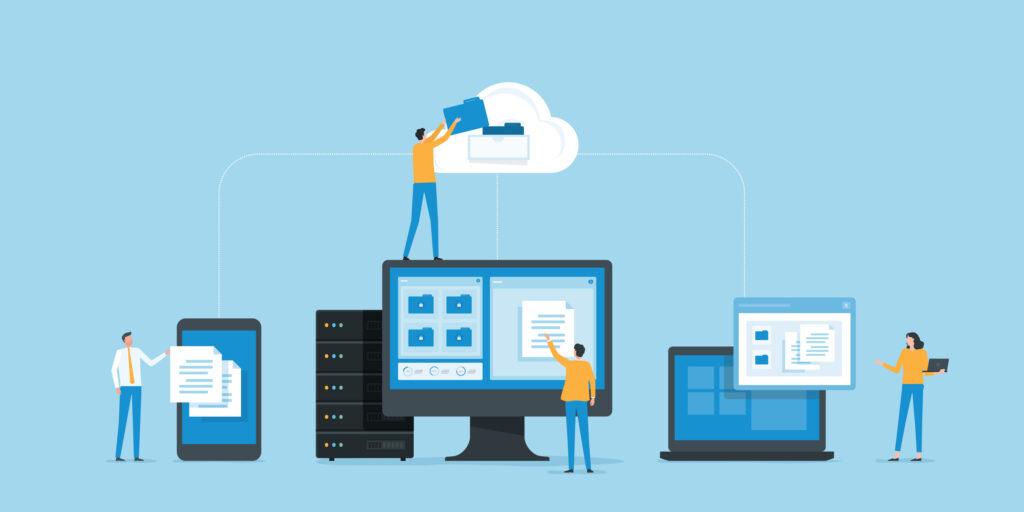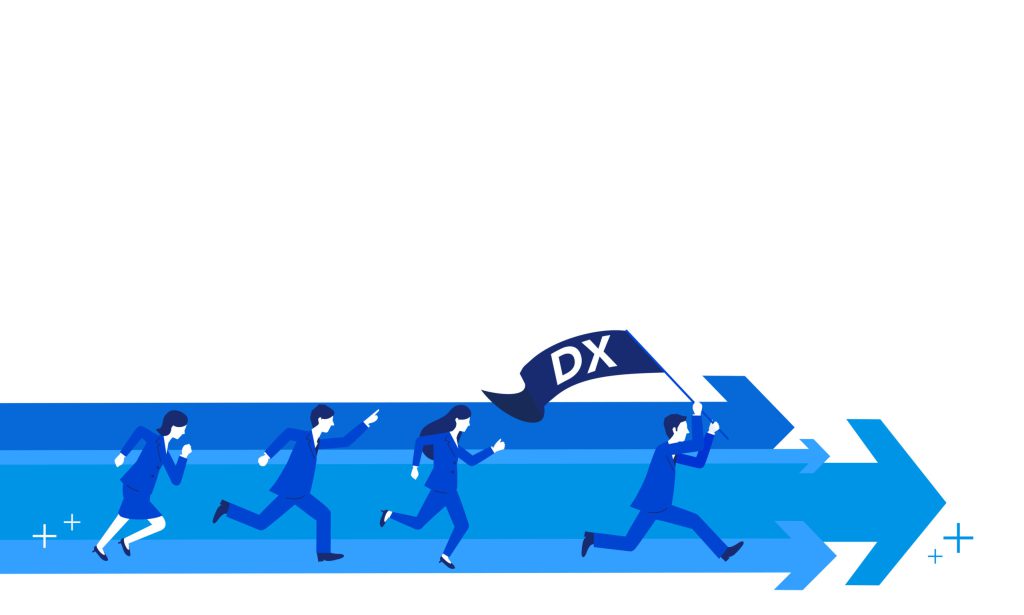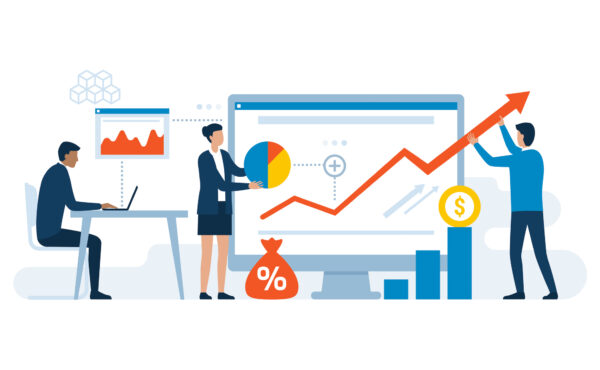In today’s fast-paced digital landscape, business leaders are exploring generative AI to boost productivity, improve customer experiences, and streamline decision-making. However, a common challenge emerges: How do we ensure an AI system knows our business – our latest data, policies, and context – not just the public information it was trained on? This is where Retrieval-Augmented Generation (RAG) comes into play. RAG is gaining traction as a solution for building customizable AI agents that can leverage an organization’s proprietary knowledge in real time. For CIOs, CTOs, and IT decision-makers, RAG represents a strategic innovation that can drive ROI through more accurate, efficient, and context-aware AI capabilities.
What is RAG and Why Does It Matter?
Retrieval-Augmented Generation (RAG) is an AI architecture that augments a Large Language Model (LLM) (such as GPT-4 or ChatGPT) with an external information retrieval system . In simpler terms, RAG adds a smart “open book” to a generative AI’s “memory.” Instead of relying solely on the data an LLM was originally trained on, a RAG system can search a connected knowledge source (databases, documents, intranet, etc.) and feed relevant information into the model’s prompt. This grounding data ensures the AI’s responses are based on up-to-date, specific knowledge rather than just the model’s generalized training.
Why is this important? Traditional LLMs are trained on vast public data up to a certain cutoff date. That training might not include your company’s internal documents or the latest industry developments. As a result, out-of-the-box models can produce answers that are outdated or oblivious to your business’s facts. RAG addresses this gap by letting the AI draw on your private data in real time, so it can answer questions based on the current, relevant information you provide. For an enterprise, this means generative AI can be constrained to your proprietary content – think policy manuals, product databases, or incident logs – ensuring responses align with your actual data and knowledge.
How RAG Enhances AI Capabilities
By bridging AI with live data, RAG markedly improves the capabilities of AI agents. First and foremost, it boosts accuracy and relevance. Because the model’s outputs are augmented with real-world references, RAG-powered systems are far less likely to hallucinate or give generic answers. They instead produce “grounded” responses backed by actual data. For example, a RAG-based assistant can cite the exact figures from yesterday’s sales report or quote a specific policy from the HR handbook when answering a question. This reliability is crucial for executive trust and decision-making.
Additionally, RAG allows AI to stay current. Even if your LLM was trained last year, a RAG system can incorporate documents added this morning. Microsoft’s Azure AI documentation notes that with RAG, an LLM’s answers can be constrained to up-to-date enterprise content, eliminating concerns about the base model’s training data being outdated. In essence, RAG acts as a real-time memory update for the AI.
The capability expansion goes beyond just accuracy. RAG-equipped AI agents can handle deep domain-specific queries that vanilla models cannot. Imagine asking a standard AI about your proprietary product schematics – it would likely draw a blank. But a RAG agent that indexes your design repository could retrieve the relevant specs and then explain them in plain language. This opens the door to using AI in specialized fields (engineering, law, finance) where correct contextual information is everything. In fact, many industries exploring LLMs have quickly adopted RAG because it can be added as a “bolt-on upgrade”, enabling more detailed and tailored responses without altering the core model .
Advantages Over Traditional AI Models
From a business perspective, RAG offers several advantages over traditional AI approaches:
- No Need for Extensive Retraining: In classic AI deployments, keeping an AI model up-to-date often meant expensive re-training or fine-tuning on new datasets. RAG changes that. The LLM remains pretrained on general knowledge, and your data is fed in at query time. There’s “no extra training” required to incorporate new information. This not only saves time but also cuts down costs – you avoid the compute expense of continually retraining large models whenever your knowledge base updates.
- Controlled, Relevant Knowledge: RAG gives organizations fine-grained control over what information the AI uses. Executives often worry about AI “going rogue” or providing answers that aren’t relevant or compliant. With RAG, the AI’s universe of knowledge can be restricted to vetted sources (e.g., a regulatory database or an internal wiki). This minimizes misinformation and off-topic answers. It’s a stark contrast to a generic model that might pull in random internet trivia. For businesses in regulated industries, this control is a game-changer for compliance and trust.
- Reduced Hallucination, Increased Transparency: By grounding answers in actual retrieved documents, RAG systems can often provide sources or references for their outputs. Users get not just an answer, but also the confidence that it’s drawn from an authoritative document. In customer support scenarios, for instance, a RAG chatbot could quote a relevant knowledge base article snippet as part of its answer, lending credibility. Internally, this transparency builds confidence among teams that the AI’s suggestions can be trusted and verified.
- Efficiency and Cost Savings: A well-implemented RAG solution tends to be more efficient in the long run. Instead of pushing an entire encyclopedia of company data through a model’s prompts (which would be impractical and costly), the retrieval component smartly selects only the most pertinent fragments to include. This keeps the prompt size manageable, leading to faster responses and lower API usage costs. Furthermore, by accelerating employee output (e.g. faster issue resolution, quicker report generation), RAG-based AI contributes directly to ROI through time savings . An internal study might find that analysts spend 30% less time researching answers because the AI fetches information for them – a tangible efficiency gain.
RAG in IT: Transformative Use Cases
Within IT departments, RAG-powered AI agents are emerging as multifaceted assistants, improving workflows in various domains. Let’s look at three key areas:
Cybersecurity: Real-Time Threat Intelligence and Analysis
Cybersecurity teams deal with an overwhelming stream of data – system logs, threat intel feeds, vulnerability databases, and more. RAG enables an AI security assistant to become a real-time threat intelligence analyst. For example, when a security analyst is investigating an incident, they can query an AI agent that pulls relevant incident reports, log snippets, and known vulnerability details from internal databases to answer complex questions. A Check Point security brief noted that by ingesting all relevant security files and logs, an internal RAG can be an incredible force for cybersecurity efficiency . It can help analysts quickly find if a particular incident has occurred before, verify if a critical patch was applied, or even search firewall configurations for a potential breach route. The result is faster incident response and a more proactive security posture – a clear ROI in terms of risk mitigation. In an industry where minutes matter, having an AI that instantly surfaces the right information can prevent costly breaches and downtime.
Customer Support: Knowledge-Driven Chatbots and Agents
High-volume customer support centers are turning to RAG to power smarter chatbots and AI helpers for human agents. The goal is to resolve customer inquiries accurately without needing escalation. With RAG, a support AI can pull from up-to-the-minute product manuals, FAQs, and even a user’s account data to generate answers. This means when a customer asks a detailed question about a product, the AI isn’t guessing – it’s quoting the manual or knowledge base article that addresses the issue. RAG-powered chatbots deliver accurate, succinct, and contextually relevant responses, meeting customer needs far more reliably by leveraging vast company datasets. This reliability translates to shorter call times and higher first-contact resolution rates. Businesses see strategic benefits: happier customers, lower support costs, and agents who can focus on tougher issues. One finance company even uses a RAG chatbot to give personalized financial advice to customers by retrieving relevant account and market information before the AI formulates a response – something a generic AI could never safely do. In short, RAG turns customer service AI from a novelty into a truly useful, information-rich assistant.
Software Development: Intelligent Coding Assistants
Developers in IT are leveraging RAG to build AI copilots for coding and documentation. Consider how much time engineers spend searching through APIs, old tickets, or technical docs to understand a system or fix a bug. A RAG-based dev assistant can change that. Developers can ask natural language questions like “How does our authentication module validate tokens?” and get an answer sourced from the actual code repository and design docs. The AI might retrieve the specific code snippet from the Git repo and the related design decision record from last year, then summarize: “The token is validated using X method in Y module, as per the design spec dated 2022-09-10.” This capability accelerates onboarding of new developers and reduces the friction in understanding legacy code. In fact, RAG can be a game-changer in code generation and troubleshooting. Red Hat’s technology blog highlights that RAG allows developers to retrieve relevant code examples from internal libraries or Stack Overflow-like sources, feeding them into the AI for more context-aware code suggestions. The strategic benefit is faster development cycles and fewer errors – directly impacting time-to-market. Essentially, it’s like giving every developer a smart assistant who has read all your code and documentation.
Beyond IT: RAG Applications Across the Business
-
The impact of Retrieval-Augmented Generation isn’t limited to IT. Many other business functions and industries can reap the advantages of this approach:
- Knowledge Management & Internal Search: RAG can turn corporate knowledge bases into interactive Q&A assistants for employees. Instead of digging through wikis or SharePoint, an employee can ask a question and instantly get a synthesized answer with references to the relevant document. This improves productivity across departments – from marketing teams retrieving brand guidelines, to new hires quickly learning company policies.
- Finance and Analytics: Financial analysts can use RAG-driven assistants to pull the latest numbers from ERP systems or market data feeds when generating reports or projections. The AI can dynamically fetch, for instance, last quarter’s sales figures or current exchange rates, and then produce a well-grounded analysis or even draft an executive summary. This leads to more timely insights and decision support. In banking, such a system could safely answer client questions by combining an LLM’s language skills with real account data (with appropriate security controls in place).
- Legal and Compliance: Legal professionals deal with voluminous documents and ever-changing regulations. RAG enables an AI to find legal precedents and summarize relevant case law on demand. Lawyers can query a RAG assistant to quickly get summaries of clauses across hundreds of contracts or to check the latest regulatory updates. This can significantly cut down research time for due diligence or compliance checks. Likewise, compliance officers could use RAG to monitor new policy documents or standards and understand their implications, with the AI providing pinpoint references.
- Human Resources and Training: An HR chatbot powered by RAG could answer employee questions about benefits, leave policies, or training resources by fetching answers from internal HR manuals. New employees onboarding via a virtual assistant can get personalized guidance (“What is the process to file an expense report?”) sourced directly from company policy docs. This not only saves HR staff time but also ensures employees get consistent, correct information.
- Customer Engagement and Sales: In sales and marketing, RAG can personalize content creation. Imagine a sales proposal generator that pulls in the latest product specs, pricing, and even client-specific data to craft a draft proposal or presentation. Marketing teams might use RAG to generate content that is on-message by retrieving approved messaging and facts from a repository. E-commerce sites can combine RAG with recommendation engines – for instance, an AI agent that answers customer questions about product availability or compatibility by retrieving data from inventory and product databases, then generating a helpful response. In retail, RAG can even help provide more accurate and up-to-date product recommendations by incorporating real-time stock levels and user preferences.
In all these cases, the common theme is that RAG brings contextual intelligence into the application. The AI is not operating in a vacuum; it’s intimately connected to the business’s knowledge sources. The outcomes are better answers, faster workflows, and informed decisions – all of which have tangible business value.
Conclusion: The Future of RAG in Business
As we look ahead, RAG is poised to become a cornerstone of enterprise AI strategy. The trend is clear – whether it’s IT automation, customer experience, or knowledge management, businesses are gravitating toward AI solutions that are custom-fit and data-aware. In the near future, we can expect to see RAG-powered “enterprise copilots” in every department: finance bots that automatically scan regulatory changes for the CFO, supply chain assistants that merge real-time logistics data with predictive models, and beyond. Microsoft’s and Cazton’s forays into voice-enabled RAG hint at a future where interacting with business data is as natural as having a conversation – an invaluable capability for busy executives on the move.
Importantly, the RAG pattern is likely to evolve further. We’ll see improvements in retrieval techniques (smarter context selection, real-time indexing of streaming data) and better integration with multimodal AI (imagine retrieving not just text but also images, charts, or even live sensor data as context for an AI agent). As AI models themselves get more efficient, the combination of a lean LLM with a rich retrieval backend could become the default approach for deploying AI in enterprises – offering a sweet spot of performance, accuracy, and privacy.
For decision-makers, the strategic imperative is to start exploring RAG now. Those who successfully harness RAG will have AI agents that are uniquely theirs – systems that understand the business’s language, data, and objectives. Such AI agents will drive smarter decisions, unlock new services (like intelligent customer self-service portals), and fortify operations with timely knowledge. In a competitive business environment, the ability to quickly spin up an AI assistant armed with your company’s collective intelligence is a compelling advantage. Retrieval-Augmented Generation empowers organizations to do exactly that, making AI not just powerful, but powerfully relevant to your business.




